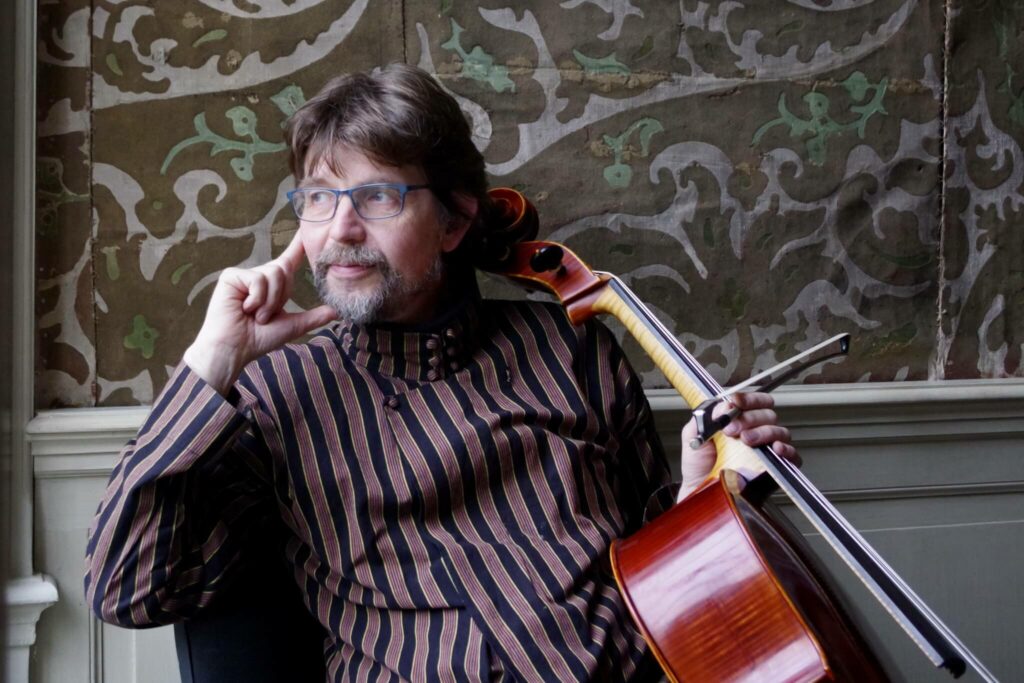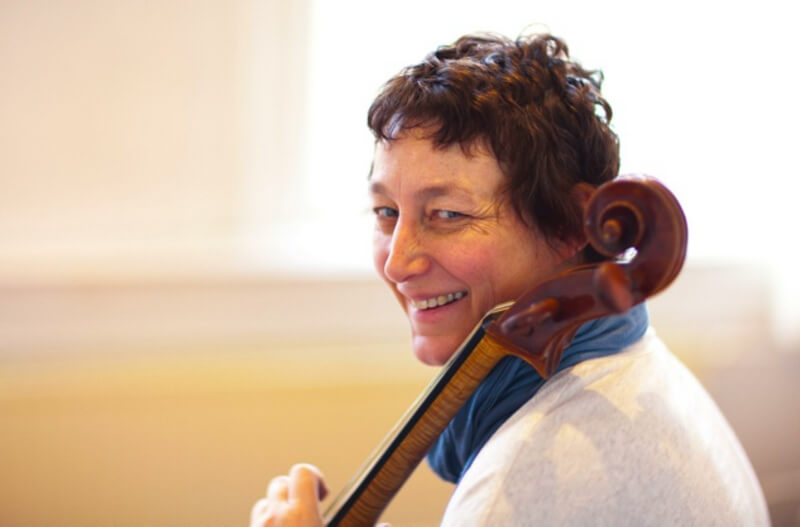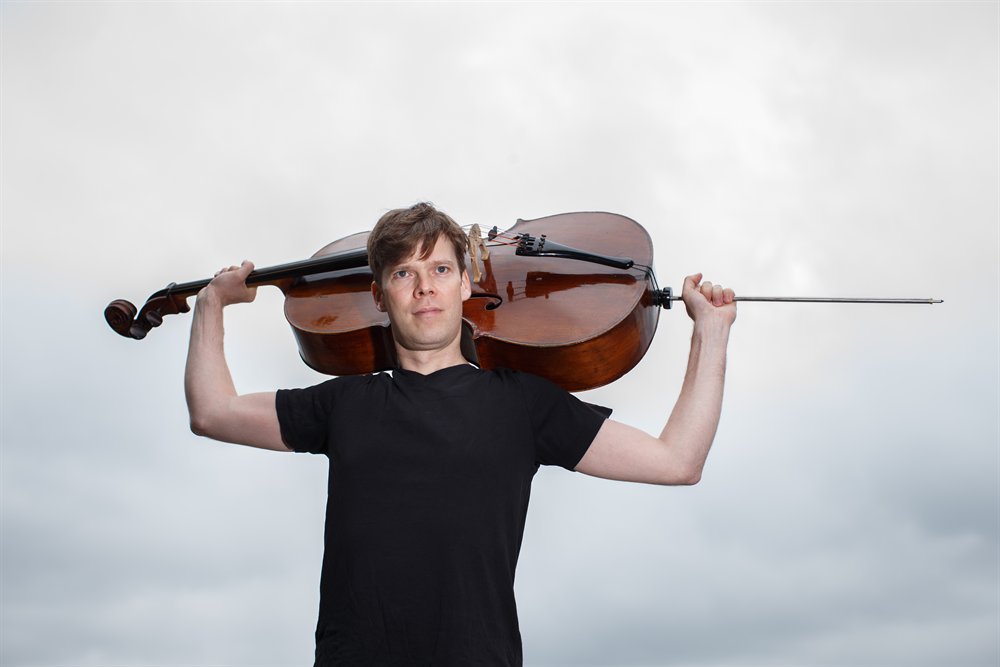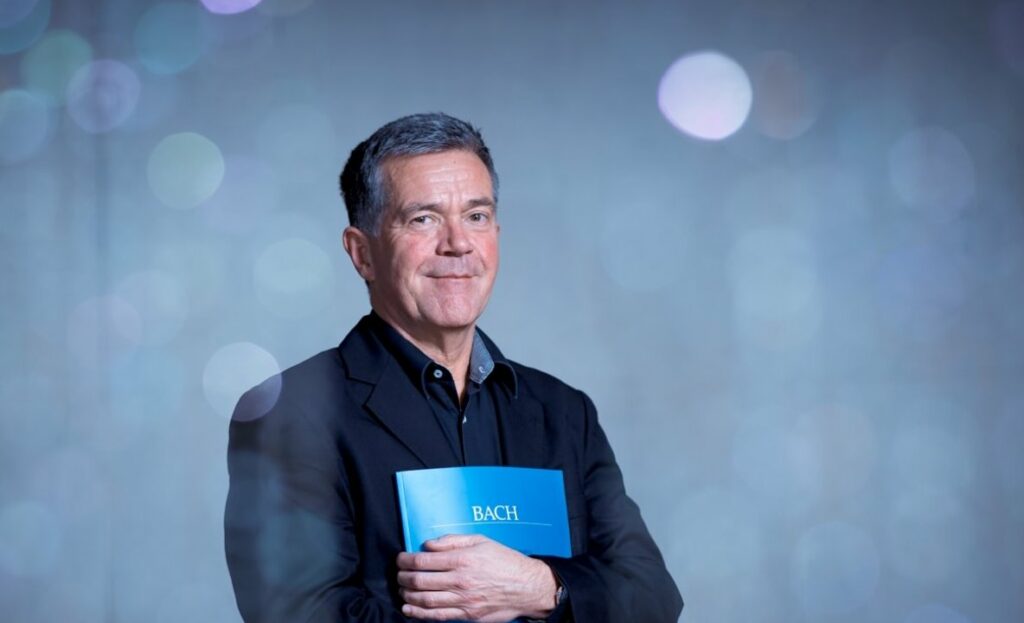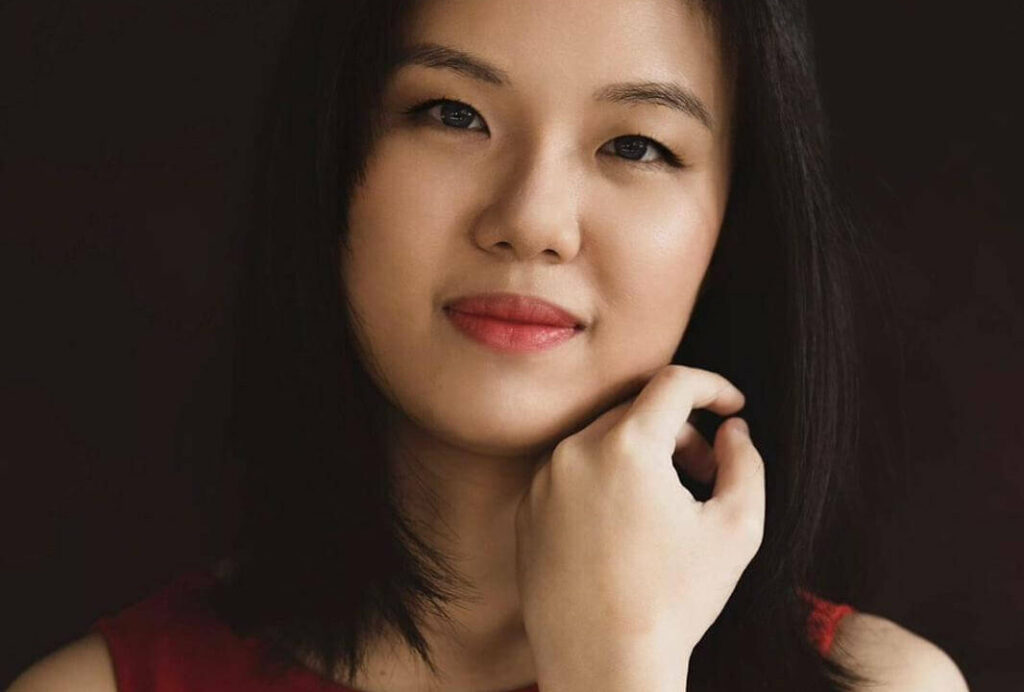Embark on a Monastery: four 4-day courses
Refine your playing to an advanced level and dare to share your musical story with your audience.
4 monasteries in one year
Discover your creative abilities, enrich your technique and grow as a professional musician. Refine your playing to an advanced level and dare to share your musical story with your audience.
Each Monastery builds upon the previous one, providing extra depth to your technique, insight, and inspiration throughout the year, alongside your conservatory studies. We focus on both contemporary and historically informed music.
The consistency and focus on your personal development reconnect you with your artistic roots. When available, we offer separate spots.
Learn how to study with focus – independently and effectively
Get to know your instrument – technically and intuitively, so that it becomes a part of you in every way
Deepen your understanding of the music – explore what it has to say and what it demands
Nourish your inspiration – become aware of your inner and physical movements, and its impact on your playing
Learn about the richness of self-compassion – and how it can be helpful even in demanding situations
THIS MAKES THE MONASTERIES SPECIAL
Discover your creative abilities, enrich your technique and grow as a professional musician
We will ask a lot, yet remain beside you, offering just what you need to take the next step
We focus on contemporary and historically informed music
Contemporary music is free from preconceptions about how it should be played, allowing for diverse interpretations. We explore modern repertoire, focusing on its structure and origins. With your knowledge, technique, and experience, you seek ways to imbue the music with freshness and vitality.
Historically informed music (17th and 18th century). Understanding the origins of music provides valuable insights into your current playing. We delve into details that have been lost over time. You will find that these new insights revive old pieces and enrich new music.
If you are interested we offer the opportunity for a first encounter with the baroque cello, bow and gut strings. You can also play with harpsichord.
You can bring your own repertoire
With or without piano or harpsichord
At all Monasteries you have the opportunity to play repertoire of your own choice with piano. At some Monasteries you also have the opportunity to play with harpsichord.
Please share your repertoire in advance, check out the details >>
As part of your preparation for the course, we ask you to select two compositions by Alfian Emir Adytia to study in advance.
We also provide repertoire that aligns with the theme
In that way you can get most out of the topic. We ensure that it is manageable and will share it well in advance.
We provide a safe environment to explore and experiment
Upcoming courses
A consistent focus on your personal development helps you reconnect with your artistic roots
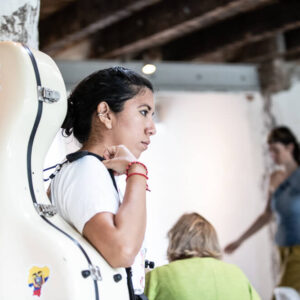
4-DAY COURSE
Monastery 2
With Jeroen den Herder, Viola de Hoog, Siebe Henstra and Hua-Hsuan Lee
8 – 11 January 2026
Dat Bolwerck
Zutphen
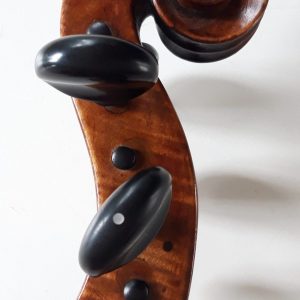
4-DAY COURSE
Monastery 3
With Viola de Hoog, Joachim Eijlander and Hua-Hsuan Lee
19 – 22 February 2026
Dat Bolwerck
Zutphen
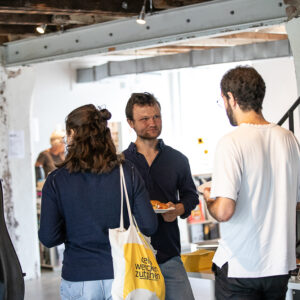
4-DAY COURSE
Monastery 4
With Viola de Hoog, Siebe Henstra and Hua-Hsuan Lee
28 April – 1 May 2026
Dat Bolwerck
Zutphen
MONASTERY YEARLINE
Attend the entire series or 3 Monasteries
Extra depth to your technique, insight, and inspiration throughout the year, alongside your conservatory studies or project.
Between sessions, we offer online support, focusing on technical exercises, motivation, and inspiration.
INDIVIDUAL MONASTERIES
Perhaps it’s not possible to attend the entire series. In that case, when available, we
gladly offer you a spot.
What to expect?
Teaching team
TEACHERS
Jeroen den Herder, Viola de Hoog, Joachim Eijlander, and Siebe Henstra alternate, each bringing their own perspective and unique touch. Hua-Hsuan Lee is present at every Monastery.
“The most sensitive instrument is the human soul. One must purify the soul until it begins to sound”
Arvo Pärt

